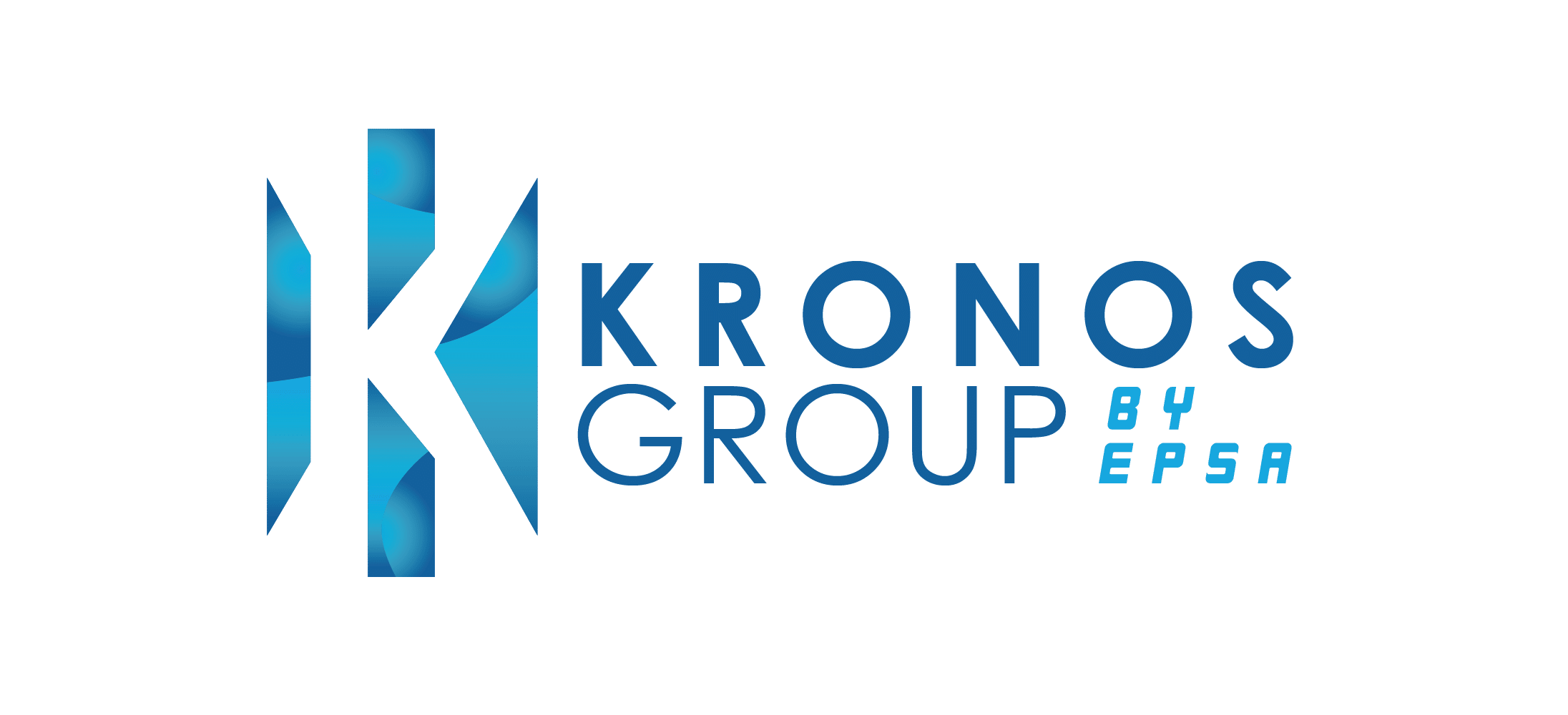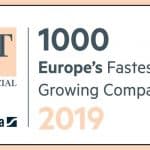Procurement risk assessment matrix: Is it just a box-ticking exercise?

Summary
A procurement risk assessment matrix is a strategic tool that helps organisations identify, assess, and prioritise risks within their procurement processes. However, common misconceptions: the box-ticking mindset can undermine its effectiveness, reducing it to a compliance task rather than a strategic asset. Unlocking the real value of the procurement risk assessment matrix involves aligning it with organisational goals, fostering cross-functional collaboration, and ensuring regular updates. Best practices for a meaningful procurement risk assessment include training teams, leveraging technology, and ensuring leadership buy-in. By embracing these practices, organisations can reap the benefits of moving beyond box-ticking, such as enhanced resilience, improved vendor relationships, and long-term cost savings, ultimately driving better procurement outcomes.
As procurement professionals, we know that risk management is not just about meeting compliance standards. It is a strategic tool that can protect and drive business growth. The numbers back this up: a survey revealed that 65% of corporations are planning to increase their investments in data analytics, recognising the immense value it can bring to procurement and beyond. But what does this mean for procurement?
Enter the procurement risk assessment matrix. At its core, it is a tool that helps you identify, evaluate, and prioritise risks that could affect your business relationships, operations, or bottom line. Whether it is supplier performance, financial stability, or geopolitical challenges, this matrix gives you the visibility needed to mitigate potential disruptions.
But here is the question: Is procurement risk assessment just a box-ticking exercise, or does it offer real, tangible value to your organisation?
In 2023, 43% of companies are deeply concerned about supply chain risks and their potential to hinder growth. So, how can procurement professionals move beyond compliance and leverage risk assessment as a proactive strategy for resilience and innovation in the future? Let us dive deeper.
What is a procurement risk assessment matrix?
A procurement risk assessment matrix is a strategic tool designed to help organisations identify, assess, and prioritise risks within their procurement process. By categorising potential risks based on their likelihood and impact, this matrix enables businesses to focus resources on mitigating the most critical threats.
75% of organisations struggle to keep up with improving risk management, which highlights the growing need for a structured, efficient approach. The procurement risk assessment matrix provides just that—clarity and focus when facing a wide array of potential risks.
The matrix typically considers three key components:
- Likelihood: How likely is it that a particular risk will occur? This could range from low to high likelihood.
- Impact: What will be the consequences if the risk materialises? The impact can be measured in terms of financial loss, reputation damage, or operational disruption.
- Risk categories: These are the specific areas where risks might arise, such as supplier performance, market volatility, regulatory changes, and cybersecurity.
In practice, organisations use the matrix to evaluate different risks across these components, helping them prioritise actions. For example, if a supplier’s financial stability is highly likely to cause significant disruptions, this would rank as a top priority for risk mitigation.
47% of organisations are concerned about the increasingly active regulatory and legislative environment, which can introduce new compliance risks. By using the procurement risk assessment matrix, organisations can better prepare for such changes, ensuring they are not caught off guard by evolving regulations or industry shifts. The matrix, therefore, is not just a tool for compliance—it is a proactive means of safeguarding business operations and optimising procurement strategies for long-term success.
What are the common misconceptions: The box-ticking mindset
While the procurement risk assessment matrix offers immense value, it is often reduced to a mere compliance requirement, especially in organisations with a box-ticking culture. This approach undermines the true potential of the matrix, limiting its impact and failing to leverage it as a strategic tool for long-term resilience and growth.
A box-ticking mindset typically manifests in a few key signs:
- Superficial use: The matrix is completed as a formality, with little attention given to its analysis or the identification of key risks. It is often seen as a task to be checked off, rather than a critical part of the risk management process.
- Lack of follow-up: After the matrix is filled out, there is minimal or no action taken to mitigate the identified risks. No deeper investigation is conducted, and no plans are made to address or monitor the risks further.
- Minimal integration into decision-making: The matrix is not actively used in day-to-day procurement decisions. It is often stored away in a report or document, rather than being integrated into strategic discussions or decisions that could influence operations or supplier relationships.
The risks of adopting this box-ticking approach are substantial:
- Wasted resources: Time and effort are spent completing a matrix that does not serve its true purpose. Without follow-up or integration, the resources dedicated to this process are not yielding any tangible benefit.
- Unaddressed vulnerabilities: By not taking meaningful action based on the risk assessment, critical vulnerabilities remain exposed. These unaddressed risks could escalate, leading to potential disruptions or losses.
- False sense of security: When organisations view the matrix as merely a compliance exercise, they may develop a false sense of security, believing that they are protected from risks when, in reality, they have not taken the necessary steps to mitigate them.
To realise the full potential of a procurement risk assessment matrix, it must be viewed as a proactive and dynamic tool—one that requires regular review, integration into decision-making, and a commitment to action. When used properly, it offers far more than a box to tick; it becomes a foundation for strategic risk management that can drive organisational resilience.
How to unlock the real value of the procurement risk assessment matrix?
The procurement risk assessment matrix has the potential to be much more than just a tool for identifying risks—it can be a strategic asset that helps mitigate threats and drive better outcomes across the organisation. By moving beyond a compliance-driven approach, businesses can unlock its true value, turning it into a key driver of procurement strategy and long-term success.
To ensure the matrix is used meaningfully and effectively, consider these steps:
- Align the matrix with organisational goals: Ensure that the risks identified in the matrix align with the broader objectives of the organisation. This helps to focus attention on the risks that truly matter—those that could affect growth, profitability, and overall strategic direction.
- Regularly update and review risks: The procurement landscape is dynamic, and risks evolve over time. It is essential to update the matrix regularly to account for new risks, such as shifts in the market, supplier changes, or regulatory developments. Periodic reviews ensure the matrix remains relevant and effective.
- Foster cross-functional collaboration in risk assessment: A procurement risk assessment is not solely the responsibility of the procurement team. Involve other departments, such as finance, operations, and legal, in the risk assessment process. This ensures a holistic view of risks and fosters collaboration across the organisation to address potential vulnerabilities.
- Integrate findings into procurement strategy and decision-making: The insights derived from the matrix should be woven into procurement strategies and decision-making processes. This integration allows procurement teams to make informed decisions, such as selecting suppliers with lower risk profiles or negotiating better terms based on risk assessments.
Use case: Key takeaways from the implementation of a procurement risk assessment matrix
The Asian Development Bank (ADB) is a leading international development organisation that aims to reduce poverty and promote sustainable development across Asia and the Pacific. To achieve its ambitious goals, ADB manages a wide range of projects, from infrastructure development to social programs. Given the complexity and scale of these projects, effective procurement risk management is vital to ensuring that procurement activities align with ADB’s objectives and are completed efficiently, transparently, and with minimal disruption.
Procurement risk framework
ADB has developed a comprehensive Procurement Risk Framework to address the wide array of risks associated with its procurement activities. The framework is designed to identify, assess, and manage procurement risks throughout the project cycle, ensuring that risks are adequately mitigated to prevent delays, cost overruns, or other disruptions.
Key components of ADB’s procurement risk assessment:
- Risk identification
ADB uses a systematic approach to identify procurement-related risks at various stages of the project cycle. Risks are assessed from multiple angles, including market conditions, supplier capabilities, political and economic factors, and changes in regulatory environments. ADB works closely with stakeholders, including governments, contractors, and local communities, to ensure comprehensive risk identification.
In one infrastructure project, ADB identified risks related to supply chain disruptions due to geopolitical instability in a partner country. This early identification allowed the team to develop contingency plans, such as sourcing materials from alternative suppliers and adjusting timelines to account for potential delays.
- Risk assessment
Once risks are identified, ADB evaluates their likelihood and potential impact on the project. The risk assessment process prioritises risks based on their severity and probability, ensuring that the most critical risks are addressed first. This enables ADB to allocate resources efficiently and implement risk mitigation strategies on time.
During the planning phase of a transportation project, ADB assessed the likelihood of delays caused by regulatory changes in environmental policies. The assessment revealed that while regulatory changes were unlikely to occur, their potential impact on the project would be significant. ADB included this as a high-priority risk and developed a strategy to monitor regulatory changes closely and adapt the project as necessary.
- Risk mitigation strategies
ADB develops and implements targeted strategies to mitigate the risks identified during the assessment phase. Mitigation strategies may include diversifying suppliers to reduce dependency on a single source, strengthening contract management practices, and ensuring that procurement processes comply with national and international standards.
For a project in a region prone to natural disasters, ADB implemented mitigation strategies such as sourcing materials from suppliers with more resilient supply chains and building flexible timelines into contracts to account for potential delays caused by unforeseen events.
- Monitoring and review
Risk management at ADB is an ongoing process. The procurement team continuously monitors risks throughout the project cycle to ensure that mitigation strategies are working and that new risks are identified promptly. This ongoing review allows ADB to adjust procurement strategies and processes as necessary to minimise potential disruptions.
During the implementation phase of a large water infrastructure project, ADB closely monitored local supply chain conditions. When a key supplier experienced financial difficulties, ADB swiftly responded by activating an alternate supplier, thus preventing significant delays to the project.
Results
By applying its comprehensive procurement risk framework, ADB has been able to successfully manage procurement risks and deliver projects on time and within budget. The proactive identification, assessment, and management of risks has not only safeguarded against potential disruptions but has also enhanced the overall efficiency of ADB’s procurement processes.
One of the key outcomes of this approach is the organisation’s ability to maintain strong relationships with suppliers, contractors, and other stakeholders. By addressing procurement risks head-on and incorporating transparent communication, ADB fosters an environment of trust and collaboration, which is critical to the success of its development projects.
Lessons learned
- Early risk identification is crucial: ADB’s success in managing procurement risks is largely attributed to its early identification of potential risks. This allows the organisation to put mitigation measures in place before risks materialise, rather than reacting to issues after they occur.
- Collaboration is key: Cross-functional collaboration, both within ADB and with external stakeholders, is essential for effective risk assessment and management. By involving all relevant parties, ADB ensures that risks are understood from multiple perspectives, which leads to more informed decision-making.
- Continuous monitoring and flexibility: Procurement risk management is an ongoing process. ADB’s commitment to monitoring risks and adapting strategies as needed has been key to its ability to handle unexpected disruptions without major project delays.
The Asian Development Bank’s approach to procurement risk assessment serves as a valuable model for organisations involved in complex, large-scale projects. By integrating comprehensive risk identification, assessment, mitigation, and monitoring processes into its procurement strategy, ADB ensures that its projects are delivered successfully, even in the face of significant challenges. This proactive approach to risk management not only protects the organisation but also contributes to the sustainable development of the Asia-Pacific region.
What are the best practices for a meaningful procurement risk assessment?
In the face of increasing complexities and disruptions in global markets, procurement risk assessment has evolved from a simple compliance task to a strategic necessity. According to a survey, 33% of risk leaders plan to increase spending on risk management, 57% will maintain their current budgets, and 8% intend to reduce spending. These statistics reflect the growing recognition that proactive risk management can protect organisations and drive better business outcomes.
To move beyond the basic box-ticking mindset and ensure a meaningful procurement risk assessment, consider these best practices:
- Training teams on risk analysis: Risk analysis should not be confined to procurement specialists alone. All relevant team members should be trained in identifying, assessing, and managing procurement risks. This ensures a more comprehensive and effective approach across the organisation. Providing regular training sessions on emerging risks and risk management techniques empowers teams to stay proactive and informed.
- Leveraging technology and data for dynamic risk assessment: Leveraging advanced technology and analytics tools is essential for effective risk management. These tools enable real-time monitoring of risks, allowing organisations to quickly assess new threats as they arise. Integrating data analytics into the risk assessment process can make it more dynamic, helping organisations to anticipate and respond to risks with greater precision.
- Ensuring leadership buy-in to promote a risk-aware culture: Successful risk management requires the commitment of leadership. Executives and senior managers need to champion a risk-aware culture throughout the organisation. When leadership actively participates in risk discussions and supports risk mitigation strategies, it fosters an environment where risk management is embedded in decision-making, not merely seen as a compliance exercise.
What are the benefits of moving beyond box-ticking?
By embracing a more strategic and proactive approach to procurement risk assessment, organisations can unlock significant benefits, including:
- Enhanced resilience in supply chain management: Moving beyond box-ticking allows organisations to anticipate and prepare for disruptions. By assessing risks more comprehensively and integrating mitigation strategies into supply chain management, organisations are better positioned to weather shocks and disruptions, ensuring business continuity.
- Improved vendor relationships through proactive risk management: Taking a proactive approach to risk assessment helps build stronger, more transparent relationships with suppliers. When organisations engage with suppliers to assess risks together and develop joint mitigation plans, trust is strengthened, leading to more collaborative and resilient partnerships.
- Cost savings and operational efficiencies from addressing risks early: Identifying and addressing risks early leads to cost savings in the long run. By investing in proactive risk management, organisations can avoid costly disruptions, delays, and penalties. Furthermore, by mitigating risks before they materialise, businesses can improve operational efficiency, reducing waste and unnecessary expenditure.
75% of executives predict that their business continuity planning and crisis management will change drastically in the coming years. As risk landscapes evolve, organisations that move beyond box-ticking will be better equipped to adapt, recover, and thrive.
By applying these best practices and embracing the strategic value of procurement risk assessment, businesses can significantly improve their resilience, optimise procurement processes, and position themselves for long-term success.
Unlock the real value in procurement management with Kronos Group
Unlock unparalleled value in your procurement processes with Kronos Group’s expert procurement consulting. Whether you are looking to enhance your procurement strategy, strengthen supplier relationships, or streamline operations, our tailored services will transform your supply chain. From strategic advisory to comprehensive procurement outsourcing and training, Kronos Group offers the expertise to drive efficiency and cost savings.
Partner with us to navigate the evolving business landscape and achieve sustained procurement excellence. Learn more about our solutions and how we can help you optimise your procurement operations.



